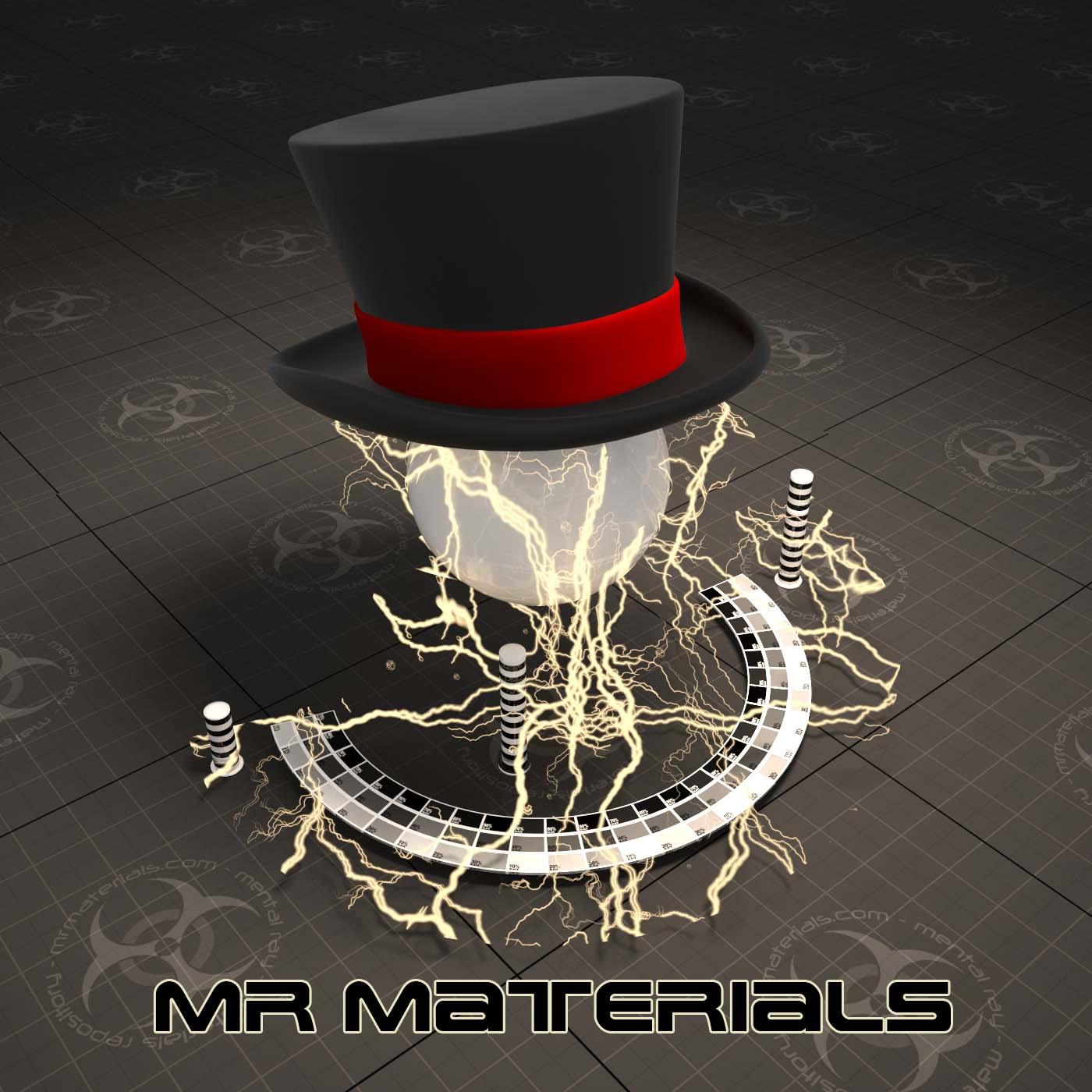Material Labs
Material Setup:Material Labs (MatLabs) are our preset scenes provided for your use in testing your materials and providing consistent sample images of that material in a neutral and calibrated environment. Leave the scene as is with the lighting and default camera untouched so that imagery created remains consistent. MatLabs located -Here-
Note: Due to differences between 3DS Max 9 and 3DS Max 2008 and above, it is necessary to set the gamma to 1.0 in the 3DS Max 9 MatLab scene for the appropriate unbiased lighting and to match closely with the newer versions. Please refer to the “GammaLUTsettings.jpg” image.
Based on the strengths and weaknesses of similar sites, we ask that you work with us and use the naming conventions and process we will outline below:
· Download from the repository the appropriate default MatLab (scene/material widget). The first step is to find the appropriate application section (i.e. Max, Maya or XSI) and then the Material Lab folder. Once there you may have several options, the ‘Hard Surface’ version is the typical scene to use. Other versions may be available, such as one with a mesh optimized for displaying cloth and another optimized for transparent materials. These are only to be used for the material types they are intended for.
· The next couple of steps are designed to provided an organized and flexible file system compatible with the greatest scenarios. Many people are going to think this naming convention is too difficult and ignore it, we ask that you think of it this way: It is a choice of whether one person takes a few minutes to organize the content OR thousands of people have to deal with it later.
· Gather your material file and all related texture and data files into their own appropriate material directory within the MatLab folder. Name your directory as follows:
Material-BriefDescription-Two-or-ThreeCharacterInitials-2DigitSuffixRepresentingVersion
Example:
Glass-ObscureWire-RLT-02 would represent my second wired glass material.
Now name all your materials using this convention with a suffix delineating the map or file type that comprises your material. For example:
Glass-ObscureWire-RLT-02Diff
Glass-ObscureWire-RLT-02Spec
Glass-ObscureWire-RLT-02Bump
Glass-ObscureWire-RLT-02Disp
Re-path your material file to the new locations if outside of the MatLab directory, and zip/rar the material file and the required maps and data files to a file with the same naming convention as your material file. DO NOT INCLUDE THE MATERIAL LAB SCENE FILE.
HINT: Placing MatLab scenes in ROOT directory of Max or in the appropriate folder in a Project directory in Maya and XSI will allow you to use your standard map/texture locations and material libraries without remapping paths.
· Apply your prepared material to the outer material object of the material lab widget.
· Render out the default 500 x 500 pixel image and use it in the thumbnail option during the material upload process (must be a copy outside of zip file that you browse to during upload process). It will be automatically resized as needed for material thumbnails and the full sized version will pop up when the thumbnail image is selected in hierarchal mode.
· Upload the prepared zip/rar file (containing a copy of the 500x500 render, maps in appropriate folder structure along with the '*.mat' file or 'preset') AND a rendered screen shot via the input boxes by browsing your computer and locating the files. Fill in the additional fields to your satisfaction and verify one last time that you are happy with the suggested location. Now hit ‘Submit’.
The member upload process is complete, admin must first review the file and then publish it before it will show up in the materials repository.
Why all the darn fuss about naming materials and files? How many times have you downloaded a material from some place and the bump file was named “bump.jpg” and the diffuse was named “diffuse.jpg”? With this system the supporting files are easily distinguished as belonging to your material file. This allows the end user a few choices, one to keep the material file and supporting files in the extracted directory, or dump all the material maps into a maps directory that is pathed to the applications default pathways or they can locate them where they want and update the material file. The naming conventions and grouped materials help avoid dealing with redundant names, especially while mass extracting and hopefully the infamous file locations of non-existent directories at Documents and Settings/CatmullClark/MyDocuments/Application/maps.
We would consider suggestions on this, but some form of organization is required and we think this provides a solid foundation.








